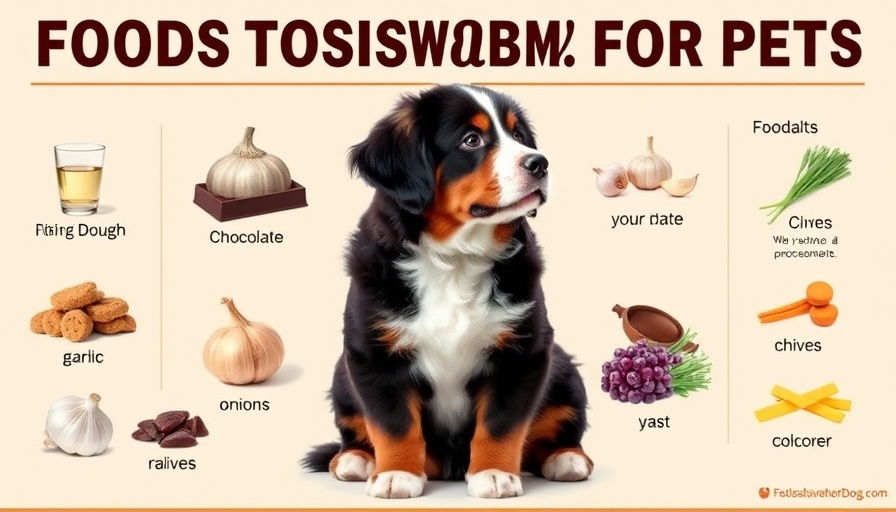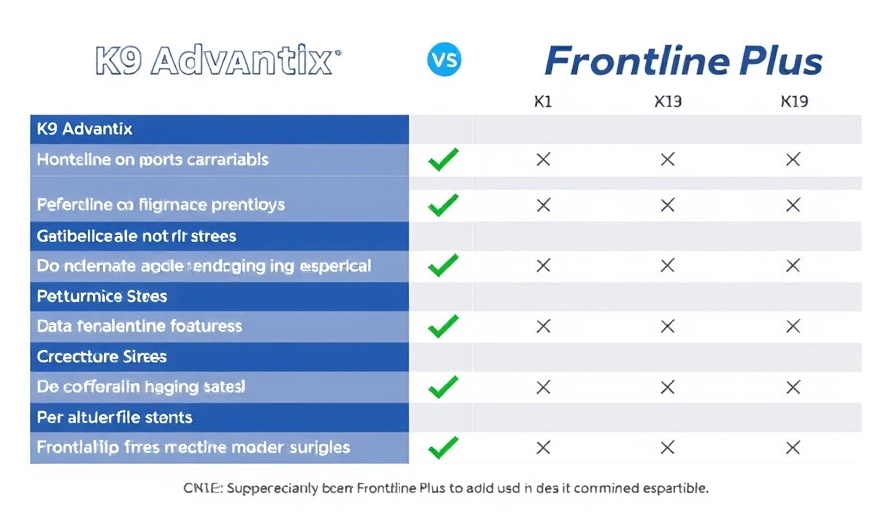
A Comprehensive Guide for Pet Parents to Prevent Poisons
As a loving pet parent, you know just how curious your furry friends can be. Their inquisitive nature leads them to explore every nook and cranny of your home, often leading them into potential danger. Unfortunately, poisoning remains a top cause for injury and even death in pets. With the right knowledge, however, you can safeguard your beloved companions from harmful substances around your household. This guide aims to equip you with essential information on toxic substances, preventive measures, and actionable insights to maintain your pet's safety.
Understanding Common Toxic Substances
It's crucial to familiarize yourself with common toxic substances that can harm your pets:
- Foods: Certain foods like chocolate, grapes, and onions are notably harmful to pets. For instance, chocolate contains theobromine, which can lead to severe reactions, and grapes can cause kidney failure without any clear reason as to why.
- Plants: Beautiful plants such as lilies, oleanders, and azaleas pose a significant risk. Ingestion of these can lead to kidney damage, gastrointestinal issues, or even death.
- Household Products: Everyday cleaners, rodenticides, and antifreeze products often contain harsh chemicals. Even a small amount of exposure can cause serious health problems for your pets.
- Human Treatments: Many medications, whether they're prescription or over-the-counter, can be dangerously toxic to pets. It's vital to keep these products out of their reach.
Steps to Prevent Poisoning
Preventing poisoning requires a proactive approach. Here are several strategies to consider:
- Educate Yourself: Pet parents, veterinarians, and vet techs must stay informed about the various toxic substances that can be found in homes and gardens.
- Secure Your Home: Ensure that all cleaning supplies and medications are stored in secure cabinets, away from curious paws.
- Be Mindful of Your Plants: Opt for pet-safe plants indoors and outdoors. Research thoroughly before introducing new greenery into your home.
- Know What to Do in an Emergency: Stay informed about the nearest veterinary clinic or pet poison control center, and keep emergency numbers accessible.
The Importance of Community Awareness
Communication within the pet-loving community can greatly impact awareness and prevention efforts. Pet nutritionists, trainers, and groomers can share essential knowledge about toxic substances and their effects on animals. Collaborations between pet owners and local rescue organizations can drive initiatives to educate on this important matter. After all, a well-informed community is key to protecting our pets.
Personal Experiences and Anecdotes
Some pet parents have experienced firsthand the importance of preventing poisoning. One pet owner recalls their dog's trip to the emergency vet after consuming chocolate left unattended on the coffee table. After this scare, they became advocates for pet safety, sharing their story through community outreach programs, learning, and teaching others about safety precautions.
What's Next: Take Action!
Now that you're armed with the knowledge to protect your furry friends, it's time to be proactive. Evaluate your home and garden for potential hazards, educate others, and foster a supportive communication channel within your community. Together, we can work towards a safer environment for all pets.
Join us in protecting our pets by sharing this knowledge with fellow pet parents, veterinarians, pet nutritionists, and others in our beloved pet care community. Let’s ensure we’re doing everything possible to keep our pets safe!
 Add Row
Add Row  Add
Add 




Write A Comment